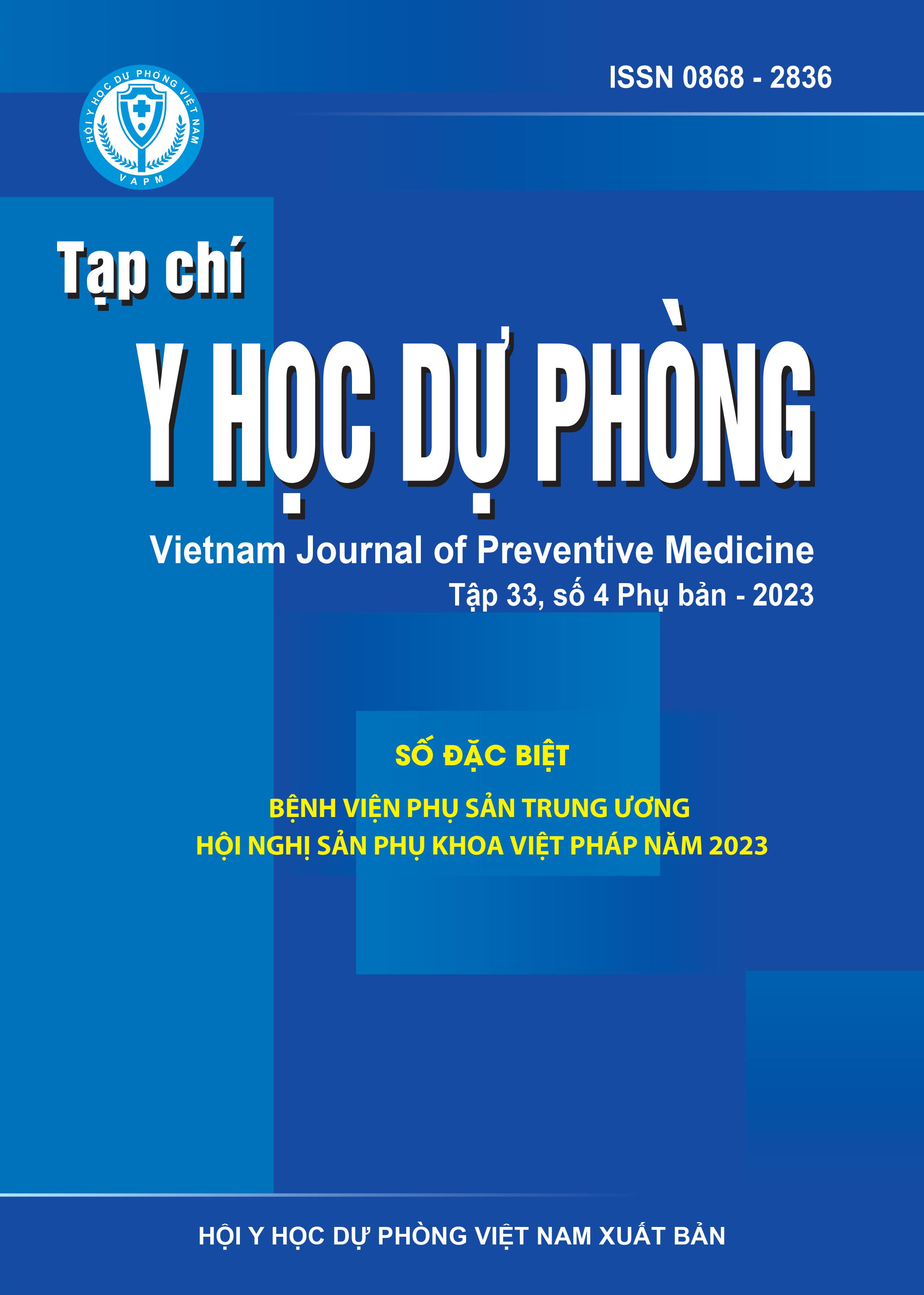Prenatal diagnosis of microduplication syndromesby bobs technique
DOI:
https://doi.org/10.51403/0868-2836/2023/1231Keywords:
BoBs, Bacs-on-Beads, microduplication, prenatal diagnosisAbstract
The study aimed to determine the rate of pregnancy with microduplication syndromes using BoBs technique and evaluate the value of some screening and diagnosis methods to detect fetuses with microduplication syndromes. A cross-sectional descriptive study, performed in amniotic fluid samples of 5442 pregnant women with indications for prenatal diagnosis at the National Hospital of Obstetrics and Gynecology from 1/2019 to 3/2022, had karyotype and BoBs results. BoBs detected 65 cases of microduplication syndromes (1.2%). Pregnancies with microduplications were independent of maternal age. Among pregnancies with ultrasound abnormalities (increased nuchal translucency, tetralogy of Fallot, ventricular septal defect, ventriculomegaly, cleft lip, cleft palate, congenital cystic adenomatoid malformation, duodenal obstruction, micrognathia, pyelectasis, renal anomaly, limb anomaly), microduplication syndromes accounted for 1.2%. The rate of microduplications among pregnancies without ultrasound abnormalities was 1.1%. Positive predictive value of maternal serum screening tests for microduplication syndromes was 1/95. Karyotyping failed to detect 62/65 pregnancies with microduplication syndromes. So BoBs plays an important role in the diagnosis of microduplication syndromes. Prenatal screening methods such as ultrasound and maternal serum screening tests should be combined to identify fetuses with increased risks of genetic abnormalities. In prenatal diagnosis, it is necessary to combine karyotyping with
another method to detect microdeletions/ microduplications such as BoBs technique.
Downloads
Downloads
Published
How to Cite
Issue
Section
License
Publication License No 150/GP-BTTTT signed on May 8, 2014;
Electronic Publication License No 322/GP-BTTTT signed on June 15, 2016.


